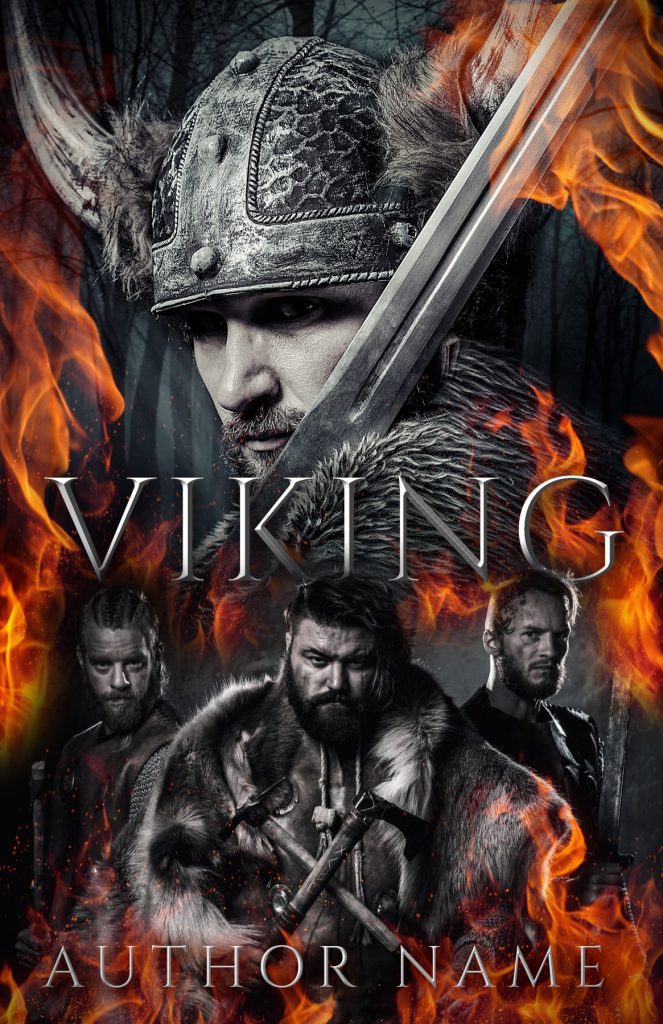Weddings are a celebration of love, commitment, and cultural heritage. In the intricate tapestry of human history, few cultures have captured the imagination quite like the Vikings. Their traditions, including the crafting of wedding rings, reflect a deep understanding of love and loyalty. This article delves into the art and tradition of Viking wedding rings, exploring their historical significance, craftsmanship, and modern-day interpretations.
The Historical Context of Viking Wedding Rings
Viking wedding rings, often referred to as “gifting rings,” have a rich historical background rooted in Norse mythology and societal practices. During the Viking Age (approximately 793-1066 AD), marriage was not merely a personal bond but a strategic alliance between families and clans. The importance of these unions was often symbolized through the exchange of rings.
- Symbol of Commitment: Wedding rings represented a promise of fidelity and devotion, serving as a reminder of the marital bond.
- Material Significance: Vikings often crafted rings from precious metals like gold and silver, which were not only valuable but also signified wealth and status.
- Mythological Connections: Norse mythology played a crucial role, with rings sometimes being associated with deities known for love and fertility, such as Freyja.
Craftsmanship: Techniques and Materials

The art of crafting Viking wedding rings involved a combination of skill, creativity, and cultural knowledge. Craftsmen, known as smiths, employed various techniques to create rings that were both beautiful and meaningful.
Materials Used
Viking artisans primarily used the following materials:
- Gold: The most prestigious material, symbolizing wealth and power.
- Silver: More accessible than gold, silver was widely used for crafting jewelry.
- Iron: Some rings were made from iron, especially among lower classes, symbolizing strength and durability.
Techniques of Ring Making

The process of creating a Viking wedding ring involved several key steps:
- Forging: Metal was heated and shaped using hammers and anvils to create the desired ring form.
- Engraving: Intricate designs and runes were often engraved onto the rings, adding personal significance and aesthetic appeal.
- Finishing: The rings were polished to enhance their shine and beauty, making them suitable for wear during ceremonies.
Symbolism and Designs

Viking wedding rings were not merely decorative items; they carried deep symbolic meanings that reflected the couple’s values and beliefs. The designs often incorporated elements that held particular significance.
Common Symbols
- Runes: Many Viking rings featured runes, each representing different attributes such as love, strength, or protection.
- Knots: Intertwined designs symbolized eternal love and the unbreakable bond between partners.
- Nature Motifs: Elements like trees, animals, or waves were often used to represent growth, fertility, and the natural cycle of life.
Modern Interpretations of Viking Wedding Rings
Today, the tradition of Viking wedding rings has experienced a revival, with many couples seeking to incorporate these historical elements into their weddings. Modern artisans and jewelers are inspired by traditional designs but often blend them with contemporary styles.
Contemporary Craftsmanship
Modern jewelers often use advanced techniques and technologies to create Viking-inspired wedding rings:
- 3D Printing: This technology allows for intricate designs that were once time-consuming to create by hand.
- Recycled Materials: Some artisans focus on sustainability by using recycled metals, marrying ancient practices with modern ethical concerns.
Personalization and Customization

Modern couples are keen on personalizing their wedding rings, with options including:
- Custom Engravings: Couples often choose to engrave their names, wedding dates, or meaningful quotes.
- Unique Gemstones: Incorporating birthstones or meaningful gems can add a personal touch to the ring.
Case Study: The Rise of Viking Wedding Rings in Popular Culture
The revival of interest in Viking culture has been fueled by popular media, including television series like “Vikings” and “The Last Kingdom.” These shows have not only depicted the historical significance of Viking wedding rings but have also inspired fans to adopt this symbolism in their weddings.
A survey conducted in 2022 revealed that:
- Over 30% of couples who identified as fans of Viking-themed media expressed interest in using Viking-inspired wedding rings.
- Social media platforms saw a 150% increase in posts tagged with #VikingWeddingRings over five years, indicating a growing trend.
Choosing the Perfect Viking Wedding Ring

For couples interested in embracing Viking traditions, selecting the right wedding ring involves several considerations:
- Style Preference: Decide whether you prefer a traditional design or a modern interpretation.
- Material Choice: Consider durability, maintenance, and personal values regarding materials.
- Symbolism: Think about the symbols that resonate with your relationship and choose accordingly.
The art and tradition of Viking wedding rings reflect a rich cultural heritage that continues to inspire love and commitment today. Through their careful craftsmanship and deep symbolism, these rings serve as lasting reminders of the bonds shared between partners. As modern couples seek to incorporate these traditions into their wedding ceremonies, they not only honor the past but also create a meaningful narrative for their future together. Whether through traditional designs or contemporary adaptations, Viking wedding rings offer a unique way to express love and fidelity, ensuring that the spirit of this ancient practice endures.